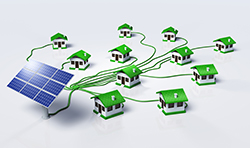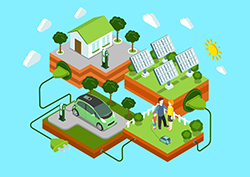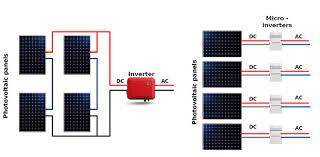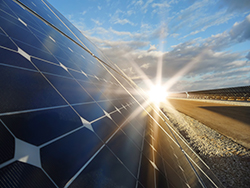solar panel system cost
What Materials Are Used in Solar Panels? Solar panels come in a variety of varieties. Glass, plastic, silicon, and copper make up their composition. The majority of solar panels are silicon-based, and they are the most effective. The kind of panel and its efficiency determine the price per watt. The price per watt decreases as efficiency increases.
What Materials Are Used in Solar Panels? Utilizing the energy of the sun, electricity is generated by solar panels. Photovoltaic cells are used in these panels to turn sunlight into electricity. Polycrystalline silicon is the most typical material used to make solar panels, but other materials can also be used, depending on the type of panel being made. Although there are many different kinds of solar panels, photovoltaic and solar cell panels are the most widely used. Small-scale applications, like homes and businesses, use photovoltaic panels. For larger-scale installations, like solar farms, solar cells are used. Monocrystalline silicon and polycrystalline silicon are the two most popular types of solar panels. Rooftops of residential and commercial buildings are excellent low-output applications for monocrystalline silicon panels. Larger applications, like utility-scale installations, are better suited for polycrystalline silicon panels. Both kinds of panels are strong and have a long lifespan. Thin film technology, which is less expensive than monocrystalline and polycrystalline silicon, is used by many solar panel manufacturers. Sanyo and First Solar are two of the most well-known businesses in the world that employ thin film technology. The output capacity of a solar panel type is the most crucial consideration. More electricity will be generated by a solar panel with a higher output capacity than one with a lower capacity. For instance, a 10 kW solar panel outperforms a 1 kW solar panel in terms of electricity produced per hour. The effectiveness of the solar panel is another aspect that needs to be taken into account. Kilowatts of electricity generated per kilowatt of solar energy input serve as a measure of a solar panel's efficiency. More electricity will be generated by a solar panel with a higher efficiency than one with a lower efficiency. A solar panel's effectiveness is influenced by a number of factors.




